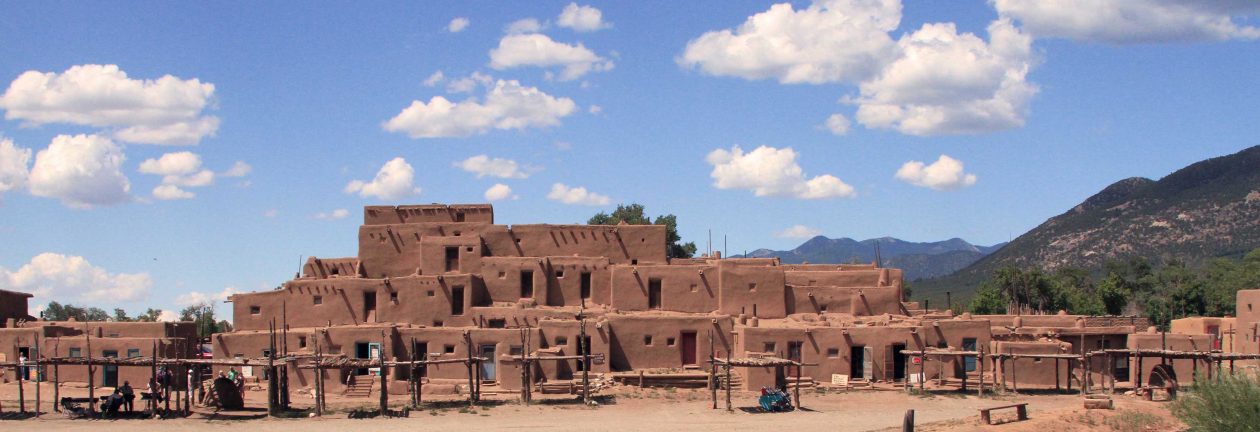Sarajevo, Bosnia and Herzegovina
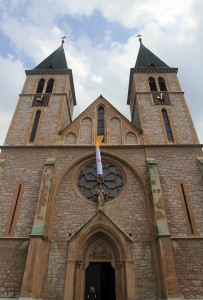
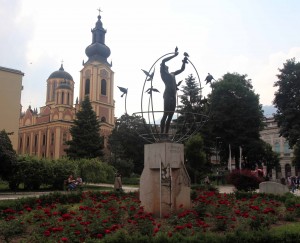
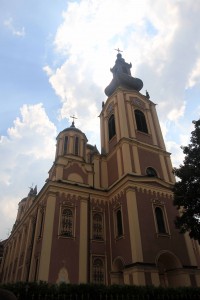
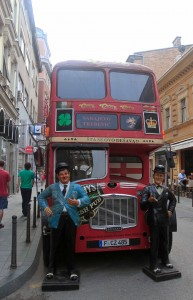
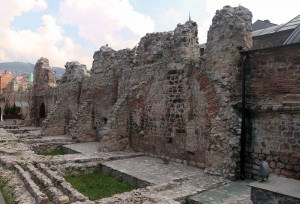
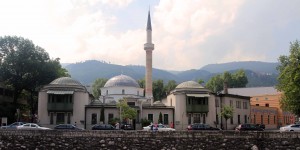
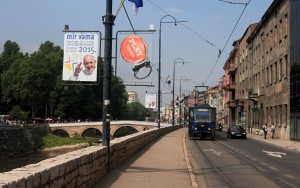
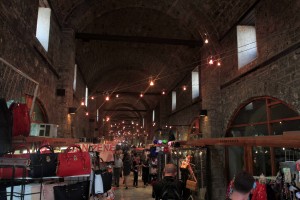
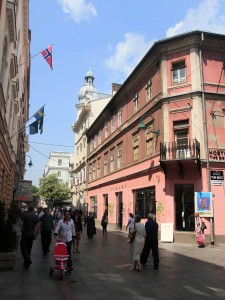
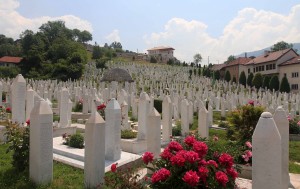
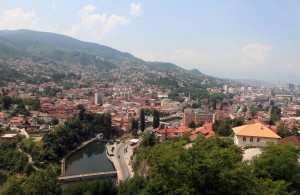
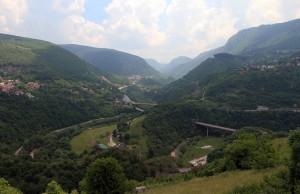
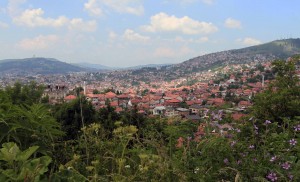
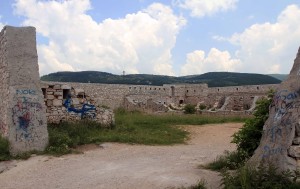
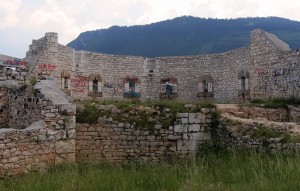
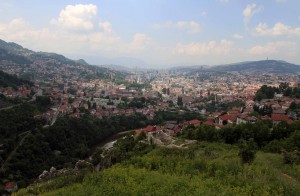
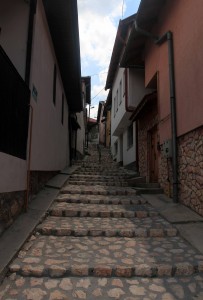
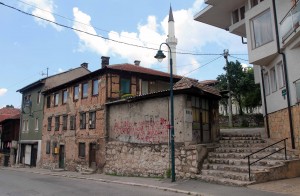
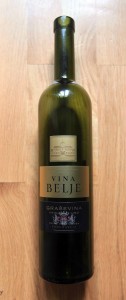
I woke up at 08:40 today, showered, dressed, ate some toast with jam and butter, and drank a cup of tea at the hostel. I then finished getting ready and waited for the 10:00 free walking tour to begin at the hostel. At 10:00, the tour group assembled outside of the hostel and we began our walking tour. Our guide (a young man) first took us to the Sacred Heart Cathedral in Sarajevo, which is a Roman Catholic Cathedral (it is also one of the locations in Sarajevo that Pope Francis will visit tomorrow, June 6th), the largest cathedral in Bosnia and Herzegovina, and the seat of the Archbishop of Vrhbosna; the cathedral was built in 1889 AD and is in the Neo-Gothic style, with Romanesque Revival elements. After telling us about the cathedral, our guide then led us to the Serbian Orthodox Cathedral in Sarajevo (known as the “Cathedral Church of the Nativity of the Theotokos”), which was built in 1874 AD. While walking to the Serbian Orthodox Cathedral, we passed by a statue named “Multicultural Man Builds the World,” which celebrates Sarajevo’s religious and ethnic diversity (as a prank one Easter Sunday, a local painted the naked statue’s genitalia like an Easter egg and the city decided to keep it that way). After visiting the statue and the Serbian Orthodox Cathedral, we walked to the Tašlihan archaeological site, which contains the ruins of an old inn (caravanserais and hans) that was built in 1543 AD for merchants and their horses. Next, we walked to the Paljanska Miljacka River and viewed the Emperor’s Mosque, which was the first mosque to be built after the Ottoman conquest of Bosnia, in 1457 AD. We also viewed the Latin Bridge, which is where the Archduke Franz Ferdinand was assassinated by Gavrilo Princip on June 28, 1914, thus igniting the First World War and setting the twentieth-century in to motion (though it is likely a war would have happened anyway, thanks to Princip, it happened when it did and this Great War was instrumental in causing the birth of the Soviet Union and the Second World War, and therefore the Cold War as well). We then walked to and through the Gazi-Husrev Beg Bezistan (a covered bazaar) before coming up to a dividing line on the pedestrian street that highlights the drastic differences in architecture on the east (dominantly Ottoman-influenced side) and the west (dominantly Austrian-Hungarian-influenced side) of this line. Next, we walked to the Old Jewish Synagogue, which was built in the early nineteenth-century AD. This concluded our tour (it was surprisingly only 45 minutes long; in comparison, almost every other walking tour I have done had been about two-hours long) and we walked back to the hostel. After tipping the guide, a German girl, a Brazilian man, a Serbian man, an American Peace Corps volunteer (who had worked for two years in Albania), and I decided to walk to the Yellow Bastion and the White Fortress; so, we walked east, uphill, toward the old fortifications. To reach the Yellow Bastion, we walked through a Muslim cemetery and up a road before coming to the fortification, which was one of the fortifications that made up the defensive wall of the old town, Vratnik, and was built in the eighteenth-century AD). After taking in the view from the Yellow Bastion, the Serbian man led us a short distance up to the White Fortress before having to take his leave; the four of us continued on, following the street that led to the White Fortress (known as “Bijela Tabija”), which may have originally been built around 1550 AD or earlier, during the Middle Ages. Sadly, the White Fortress was in a dismal state with graffiti and poor attempts at reconstruction (the renovated stone blocks stand out like a black man at a Ku Klux Klan rally). After visiting the fortress, we walked back down to central Sarajevo and returned to the hostel. After lounging in the air-conditioned common area in the hostel for a while, the Brazilian man, the American Peace Corps volunteer, an Englishman (that was in the common area as well), and I went out to eat lunch. We walked to a nearby cafeteria-style restaurant and I had a peas and chicken stew, a stuffed pepper, mashed potatoes, and a Sprite. After lunch, we walked to a café along the pedestrian street and I had a half-liter of draught beer. After that refresher, we returned to the hostel to escape the sun and I worked on the website. Later, after 17:00 – and after receiving and putting away my laundered clothes -, I walked to the nearby supermarket and bought some juice, water, and wine. I returned to the hostel, relaxed, and hung out until 20:00, when I walked outside to eat dinner; I ended up at an “Irish Pub” that was so in name only and I had a beer and ate a chicken fajita and a sausage sandwich. After dinner, I returned to the hostel and received a free gift (a bottle of rakia and a magnet) for having stayed at five hostels (I have actually now stayed at eight, but this was the fifth one I received a stamp from as proof) on this “Balkan Hostels” brochure that advertises select hostels in the region (all the ones I have stayed at that were listed on that brochure were great). I then typed away at my laptop to once again get caught up on journal entries. At midnight, I opened the bottle of Bosnian white wine I had bought earlier, which was crafted from Graševina grapes and tasted of apples, lemons, and other citrus fruits; it was pleasant and quite tasty. Finally, after 01:30, I went to sleep.
